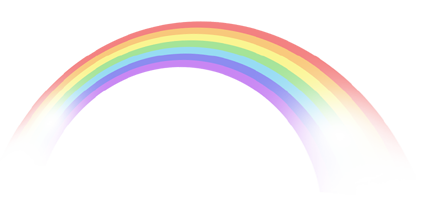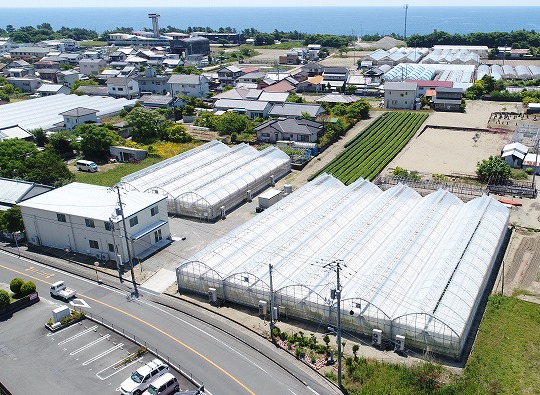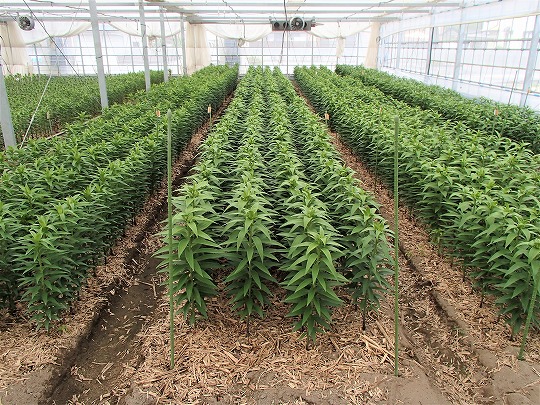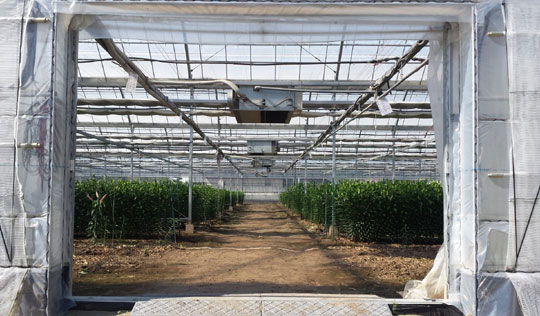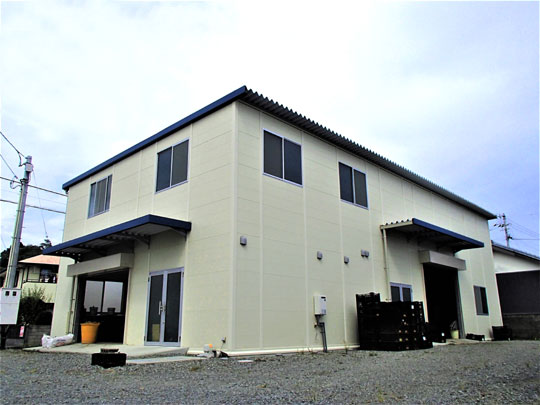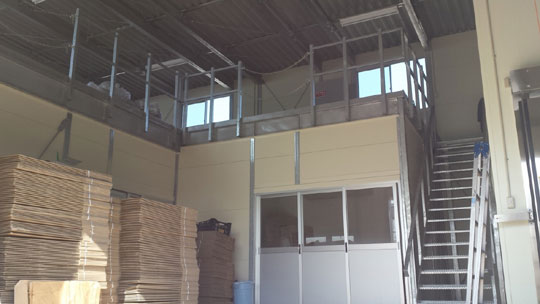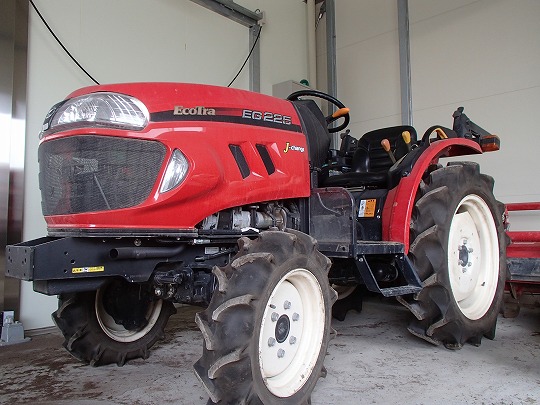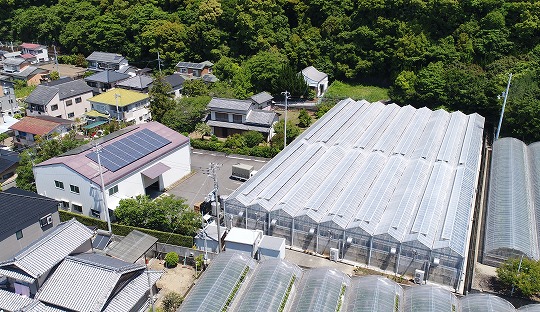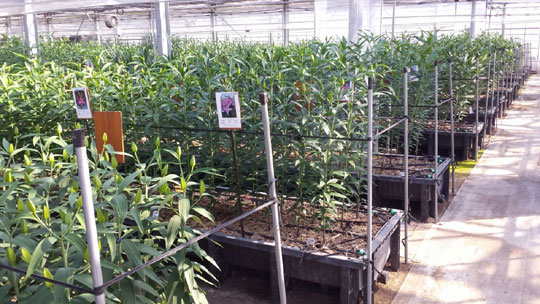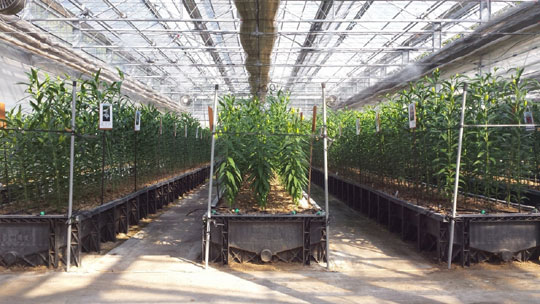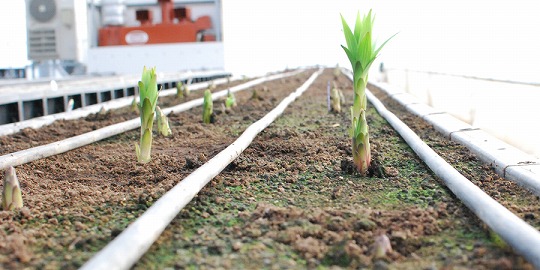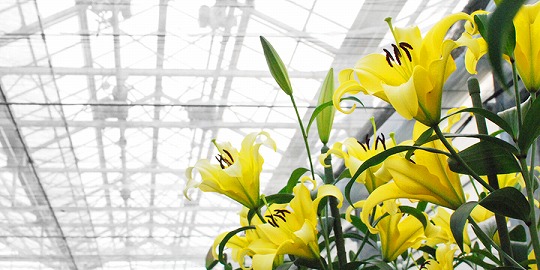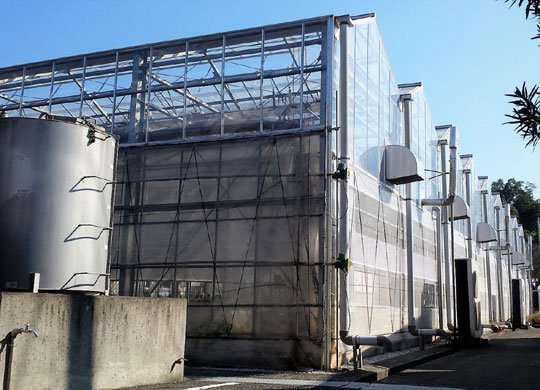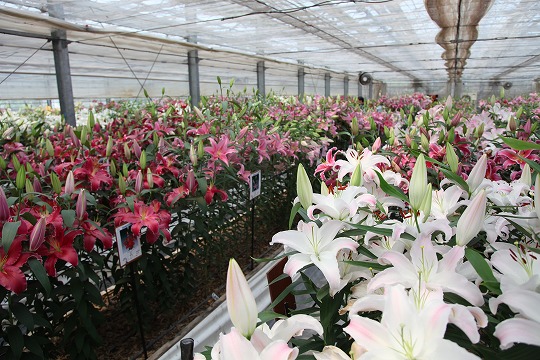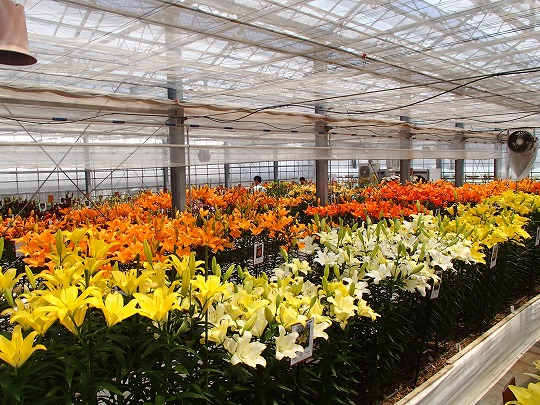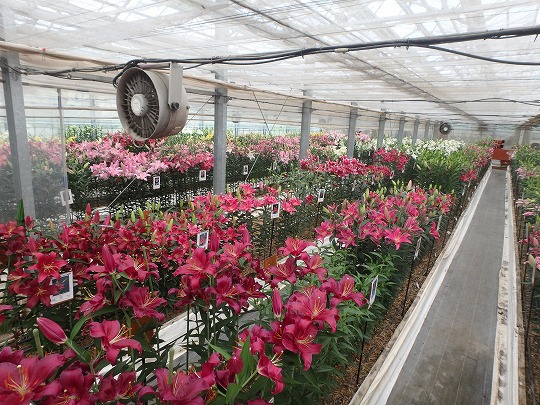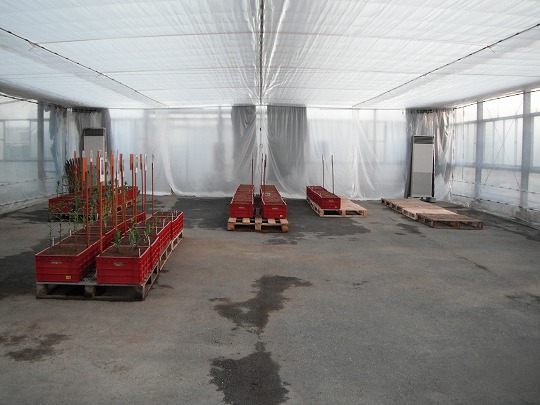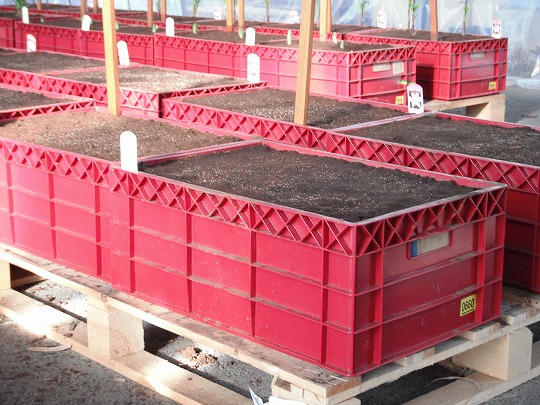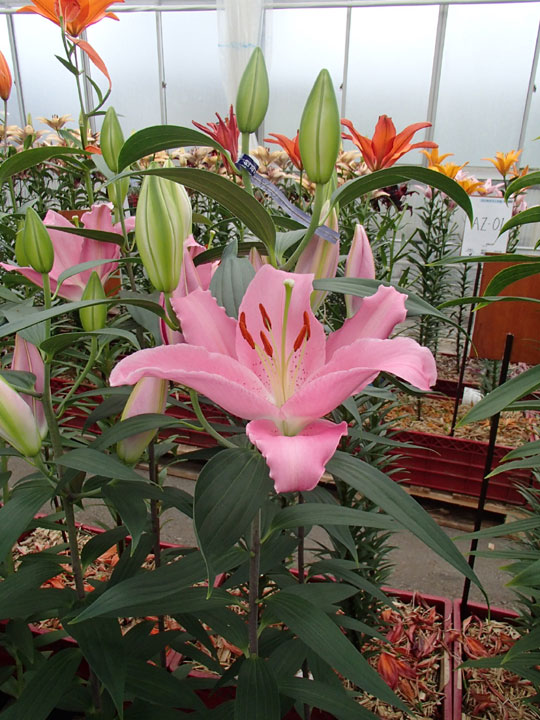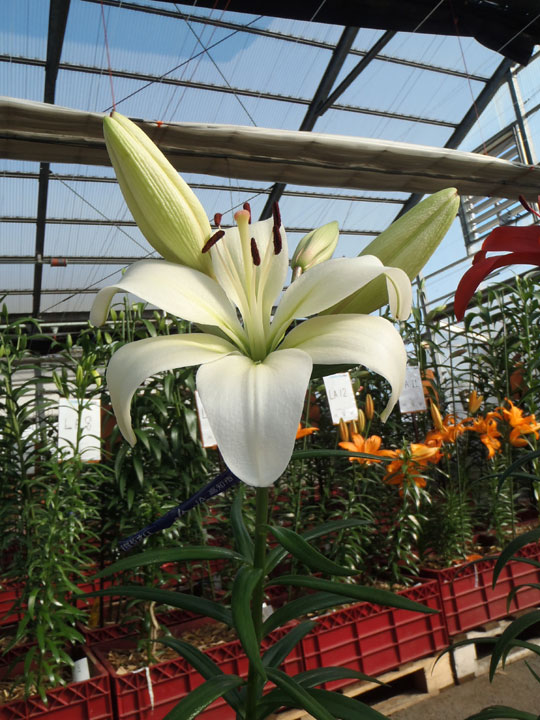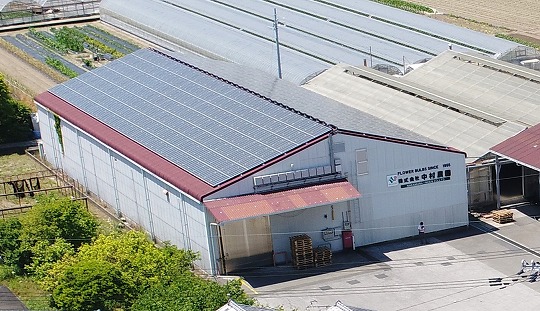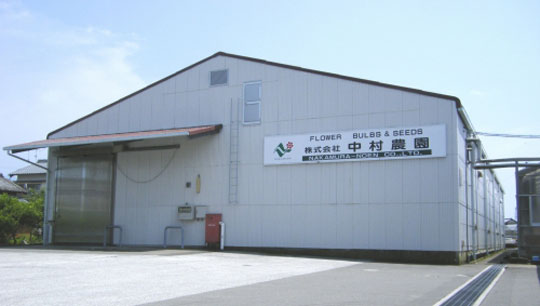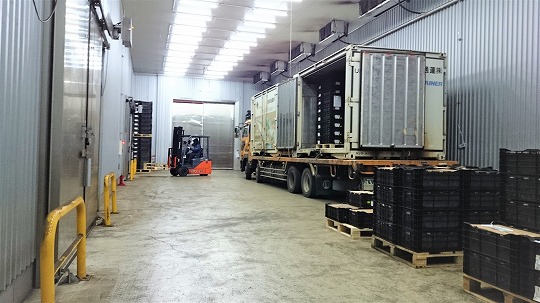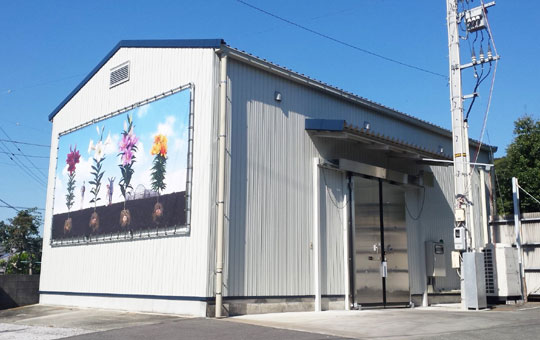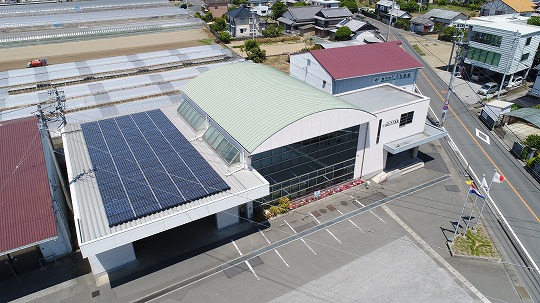Report of Business Trip to Chile
July 2nd, 2016
Nakamura-Noen Co., Ltd.
Keigo Nakamura
Thank you for your continuous cooperation.
I visited Chile where is a production company of Southern Hemisphere from June 26th to today. I report the trip below.
June 26th, when I was on the flight to Chile, was the day Copa America’s final game and the news that Chile beat Argentina in a shootout and won the championship was informed to the passengers. People sang Chilean cheering song “Chi chi chi, le le le, Viva Chile!!” over and over on the plane. How nice Chilean people’s anything-goes spirit is!
Daytime is shortest in a year in late June in Southern Hemisphere. The sun comes up a little after 8:00 and the sky gets completely dark by 6:00 p.m. The temperature is the lowest in this season, and when the temperature goes down in mid night (about 1 o’clock), fog appears in wide area (called “Niebla” in Spanish). July 1st and 2nd were especially cold in night, and the thick fog stayed until almost the next noontime.
This big fog was causing many troubles. Crush accidents happened in Osorno City, and I saw a car ran into a pole when it was moving back at a parking area. My flight arrived late because of the fog over Santiago Airport.

- Good bye, El Nino
In the second half of 2015 (winter to spring in Southern Hemisphere), the Atacama Desert in northern Chile became full of flowers. It was said to be because of El Nino which makes temperature higher and causes more rainfall in Chile.
As reported by some media in Japan, the period of El Nino and La Nina changed from this year, and similar changes are seen in Chile, too.
Originally they had rain in Valdivia in winter, but for the last 5 years, harvesting was stopped because of rain in other areas many times.
Though it differs from area to area, there was not much rain in June this year. Even though harvesting started late because warm autumn delayed dying, the harvesting is going alright so far as 10~20% more than last year in most fields. Sun Harvest in Los Angeles, northern part of Chile, estimates that they will finish harvesting in early July which is 1 week earlier than last year.
Thanks to many growers and staffs in Chile, I could check many varieties and lots this time, too. I appreciate their kind help.

2. Sprout is not bad
Rain makes the soil temperature higher, and the bulbs start sprouting inside. In the year with much rain, growers have to be very careful watching the sprouting characteristics of each variety and decide harvest plan, but this year they don’t have to worry about it. The advantage about low soil temperature is not only sprout forming, but also bulbs grow firmly and damage at harvesting becomes less.
These photos are the sprouts of various areas’ Siberia.

The detailed analysis will be done after gathering research data including New Zealand, but I can say for now that sprouts are comparatively thick and short which are so-called “bullet style” in general. Bulbs swelling seems just normal, not “very good”.
3. Overall quality management
Chile’s virus control such as the timing of starting virus management or tissue production system is advanced compared to Holland. However, some infected lots were planted, and we’ve kept taken measures through field check in summer and meetings afterwards. This year, Southern Bulbs made precise decision to dispose infected lots before harvesting according to virus tests during growing term. There are no growers who have no worry about virus at all anywhere in the world. Chilean growers are doing good overall quality control, and additionally, Chile has an environmental advantage that they can use fresh water as much as they need in harvesting process. I’m sure that these good points about Chilean growers will get attention.

Here I’d like to finish this report on the flight to New Zealand from Santiago Airport.


